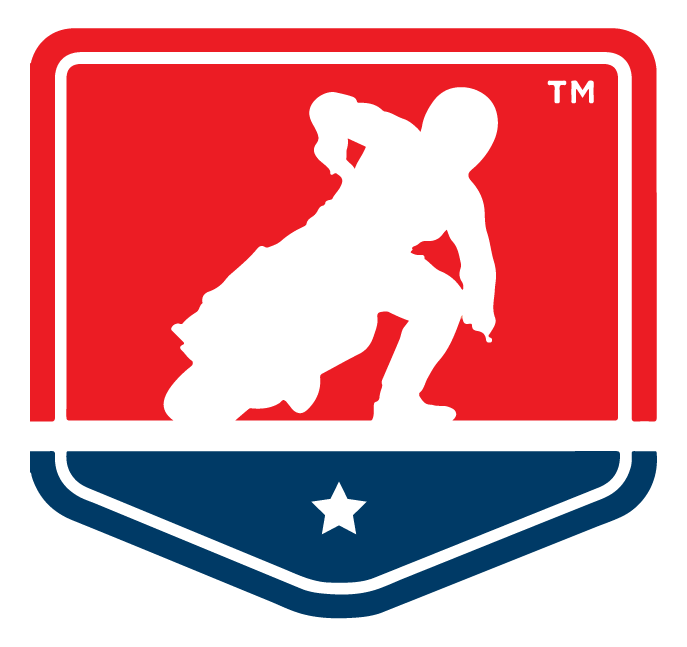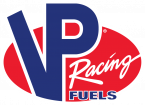
Three-quarters of a century old, the Springfield Mile is the biggest flat track race in America
SPRINGFIELD, Ill. (June 5, 2014) - More than equinoxes and solstices, Americans demarcate their summer by a pair of big holidays, the year’s warmest season being bookended by the Memorial Day and Labor Day weekends. Appropriately, those same three-day weekends also host the biggest event on the AMA Pro Flat Track calendar: the Springfield Mile, which happens twice a year at the Illinois State Fairgrounds.
The 2014 championship had officially started in March, with a pair of short-track races in Daytona, but Springfield ended what had been a subsequent two-month break. Besides, although the AMA Pro Flat Track calendar includes races on a variety of track-lengths, for many fans, things don’t really start until the year’s first Mile event. And although there are five other Mile races on the schedule (including the Indy Mile, which takes place on the same weekend as the Indianapolis MotoGP round), Springfield holds sole claim as the granddaddy of American flat track racing. “Springfield is the Mecca—the biggest race we have all year,” says Brandon Robinson, who won both of last year’s Springfield Miles.
After hosting its first Mile race in 1937, Springfield served for years as a one-event national championship, before an AMA Grand National Championship series points system was implemented in 1954. During those early years, it was a battleground not just for U.S. racers, but also American manufacturers, with all but four wins going to Harley-Davidson or Indian (British makers Norton, BSA and Triumph were the sole interlopers.)
Known for its smooth surface, which results in 210 km/h straightaway speeds, Springfield demands that its winners possess not just skill and bravery, but also intelligence and calculation. Although not as physically demanding as some ovals, Springfield forces racers into mental battles with one another as they attempt to correctly interpret the effects of the draft and endeavor to predict where they need to be in relation to their competitors as they exit the final turn. “It’s like a mind game,” said former racer Steve Morehead. “It’s like playing high-speed chess.”
Springfield served as the marquee event until it began attracting a rough crowd in the early ‘60s, and after the 1966 event was marred by the deaths of two amateur racers and multiple arrests of unruly spectators, it was canceled for one and a half decades. The Illinois Motorcycle Dealers Association resurrected the event in 1982, and through flat track racing’s glory years, it produced such legendary winners as Chris Carr, Ricky Graham, Gary Nixon, Scott Parker, Bubba Shobert and Jay Springsteen. Harley-Davidson dominated this era, with Honda scoring the occasional win.
The sport’s popularity has slipped in recent years, and this Memorial Day, much of the racing world’s focus was on the AMA Motocross opener in Southern California, or the Indianapolis 500 car race. Still, Springfield remains very important among today’s racers. “It’s just one of those tracks where every single rider wants to win,” Robinson says. “It’s special to everyone because it has so much history, and it’s been on the schedule for so long.” How special? Consider that Jared Mees chose the 2012 event to propose marriage to fellow racer Nichole Cheza, and the two were married on the track during an intermission at last year’s race, much to the delight of the grandstand audience.
Winning at Springfield also remains a special accomplishment, as Bryan Smith can attest. On May 25, the Kawasaki rider set a new track record on the way to his fourth victory at the venue, despite a late charge by Harley-Davidson-mounted Kenny Coolbeth, who finished the 25-lap main event just .041 seconds back. For the fans in attendance, summer could officially start.






































